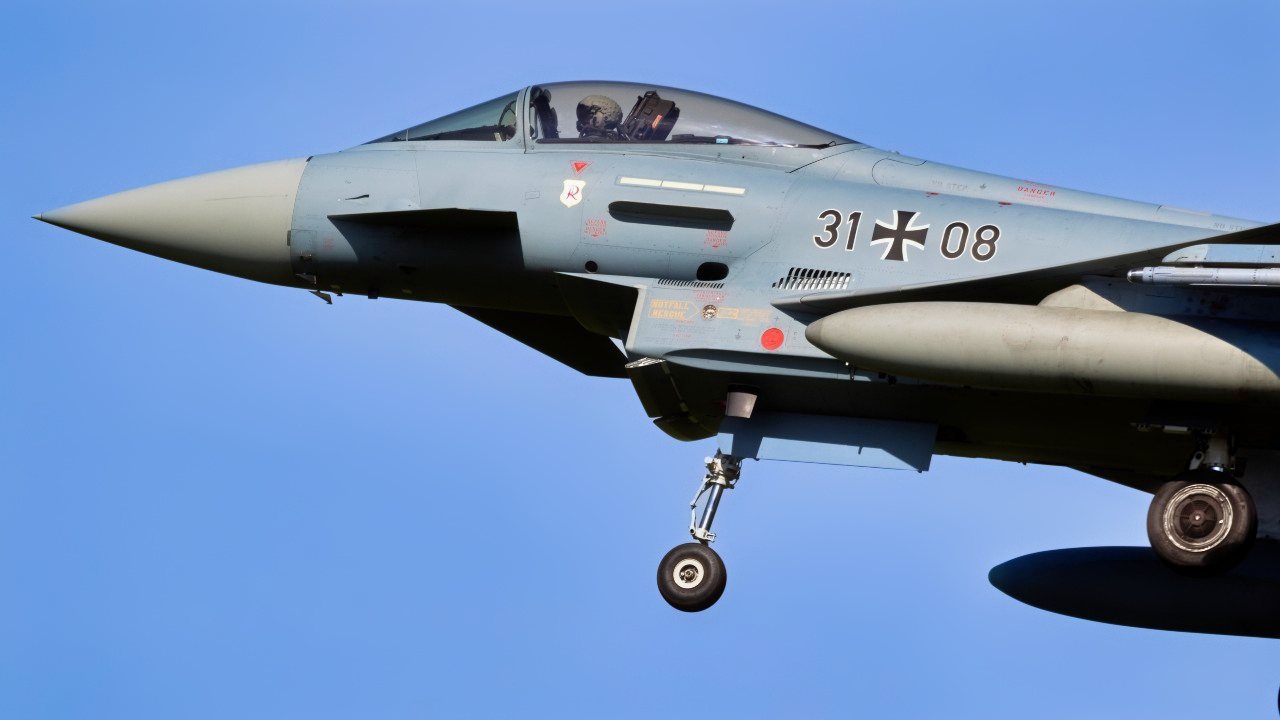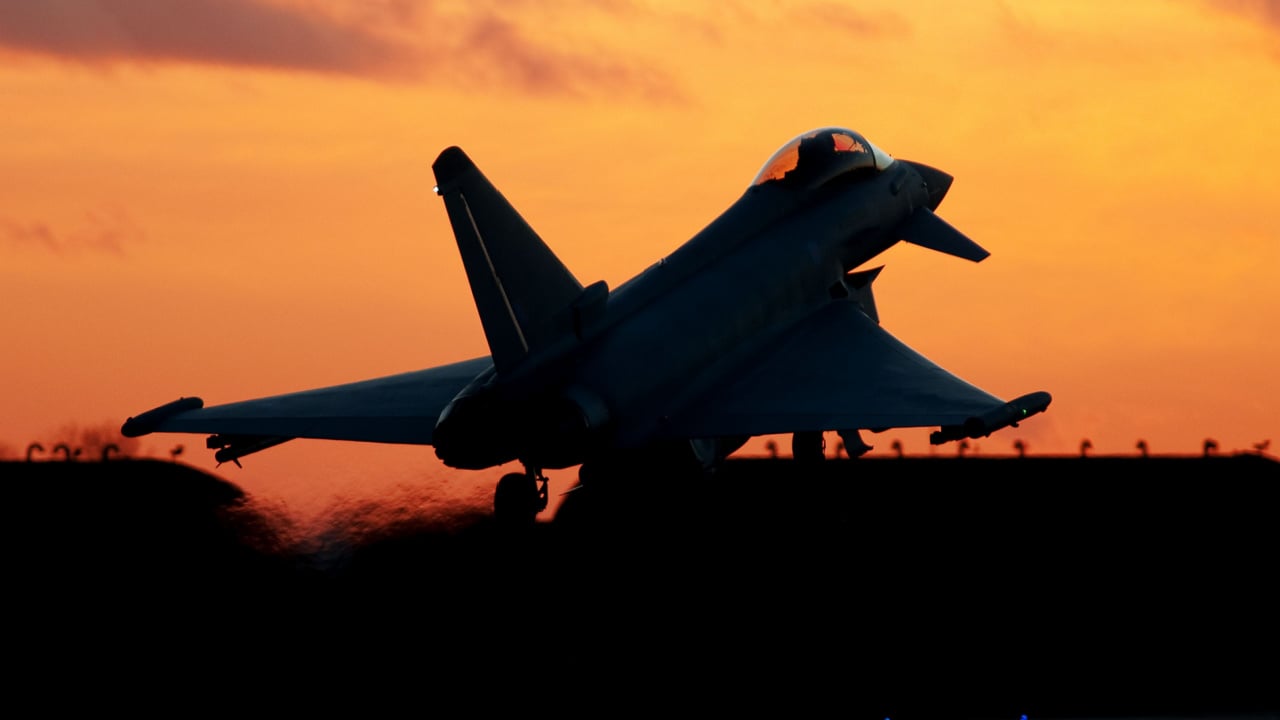Forget the F-35: Does Turkey Now Want the Eurofighter Typhoon?
Turkey #Turkey

Turkey Now Looking at the Eurofighter Typhoon: NATO member Turkey has been working for months to buy 40 U.S.-made F-16 Fighting Falcon fighter jets along with modernization kits for its current fleet of 79 aircraft. Ankara had sought to acquire the F-16 after it was formally expelled from the fifth-generation F-35 Lightning II program when it went forward with an acquisition of the Russian-made S-400 “Triumf” air defense system.
The United States and NATO have argued that the two systems are not compatible and that it would put the F-35 at risk.
According to a report from Reuters, Turkey may also seek to move forward with the purchase of 40 Eurofighter Typhoon jets.
Last November, Ankara began talks with the UK and Spain to buy the aircraft when it appeared that the F-16 deal might not be completed. However, Germany objected to the idea.
It was just last week that the Biden administration formally notified Congress of its intention to proceed with the sale of the Lockheed Martin-produced F-16s, along with the modernization kits. That came just a day after Turkey fully completed ratification for Sweden’s NATO membership bid. Though it is unlikely that U.S. lawmakers will block the sale of the F-16s, Ankara is still seeking to buy the Eurofighter Typhoons.
Turkey, which has one of the largest militaries among NATO members, has been seeking to upgrade and modernize its air force. It is now developing an indigenously-produced jet fighter with support from BAE.
The Eurofighter is operated by the four partner nations of Germany, the UK, Italy, and Spain and their leading aerospace and defense companies including Airbus, BAE Systems, and Leonardo.
The aircraft has long been undergoing continuous development.
Origins of the Eurofighter Typhoon
Development of the Typhoon began in 1986, with the establishment of the Eurofighter consortium that involved the three countries – Germany, Italy and the UK – that had worked to develop the Panavia Tornado. Those nations were later joined by Spain, while France had also been an early partner in the European Fighter Aircraft (EFA), before Paris elected to pursue its own program that resulted in the development of the Dassault Rafale.

Early work on the EFA project had actually defined the basic concepts for the future Eurofighter Typhoon, including canard foreplanes, active digital fly-by-wire controls, extensive use of carbon fiber composites and other advanced materials, hands-on throttle and stick (HOTAS) cockpit, advanced avionics, multi-function cockpit displays, and direct voice command input. Many of the technologies had been tested using a full-scale demonstrator, the British Aerospace (BAe) EAP (Experimental Aircraft Programme). Seven prototypes were produced, and the first made its maiden flight in March 1994.

As of October 2020, 572 Eurofighter Typhoons have been delivered. The aircraft remains in service with the air forces of multiple, including Germany, Italy, Spain, and the UK – while Austria, Kuwait, Oman, Qatar, and Saudi Arabia have also adopted the aircraft. Currently, four of the surviving prototypes are now on display in museums in Germany, Italy, and the UK.
The Eurofighter made its combat debut as part of the Royal Air Force’s (RAF’s) military intervention during 2011’s Operation Ellamy in the skies over Libya.
Author Experience and Expertise: Peter Suciu
Peter Suciu is a Michigan-based writer. He has contributed to more than four dozen magazines, newspapers, and websites with over 3,200 published pieces over a twenty-year career in journalism. He regularly writes about military hardware, firearms history, cybersecurity, politics, and international affairs. Peter is also a Contributing Writer for Forbes and Clearance Jobs. You can follow him on Twitter: @PeterSuciu. You can email the author: [email protected].